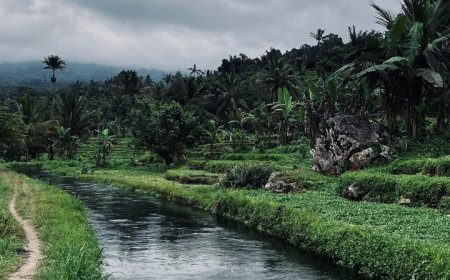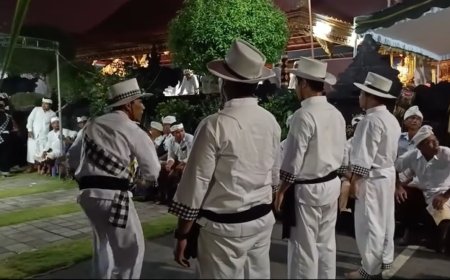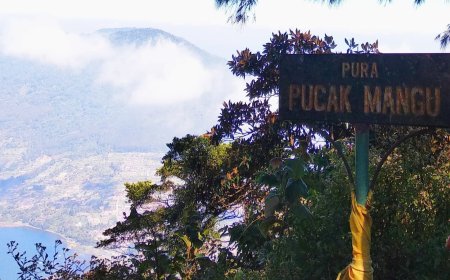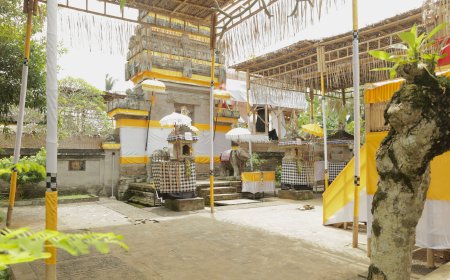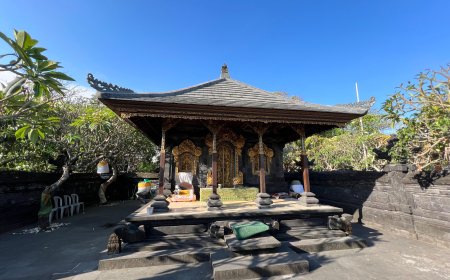The Mysterious Story Behind Petitenget Temple: The Giant Guarding Ida Dang Hyang Dwijendra's Chest
Bali, the Island of the Gods that always attracts tourists with the charm of tourism that is never boring. Starting from the beach, culinary to places of worship that you can visit, one of which is Petitenget Temple. Behind the temple that looks like a magical temple in this exotic golden sandy beach area, there is a history inside.
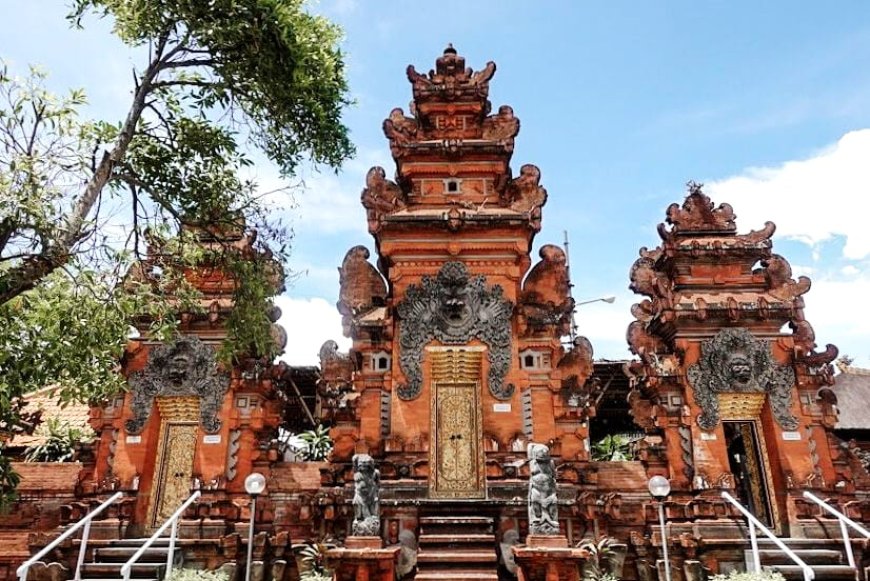
Petitenget Temple is one of the Dang Kahyangan temples in Bali, which was built in the XV century, located in the Kerobokan Kelod Village, Kerobokan Traditional Village, North Kuta District, Badung Regency, about 15 kilometers west of Denpasar city. Petitenget Temple is located on the coast, when viewed from the cardinal directions, the Peti Tenget Temple is located in the south of Bali Island.
The name Petitenget consists of two syllables, Peti and Tenget. The word Peti means Box or Place of betel (Pecanangan) and the word Tenget means Pingit. The lontar Dwijendra Tatwa more fully describes Dang Hyang Dwijendra's journey to Bali, Lombok and Sumbawa. He visited all over Bali, established a number of temples, taught various knowledge and also became a teacher of leaders, and eventually became Purahito or Padiksian and Patirtani of Bali. One of the temples associated with his holy journey is Pettitenget Temple. This journey starts from Dang Hyang Dwijendra with Bhatara Masceti Temple heading west.
On the way, he stopped at Sakenan Temple, Serangan Village and there he rested for a moment. Before leaving the temple, Dang Hyang Dwijendra gave a mandate for the people of Serangan Village to protect and care for Sakenan Temple. After that, he continued his journey towards the west until he reached a forest at the western end of Kerobokan Village. However, when he wanted to rest for a while, a tall and large giant came. He is known as Ki Bhuto Ijo, who rules the forest in Kerobokan Village. After the communication between Dang Hyang Dwijendra and Ki Bhuto Ijo. Dang Hyang Dwijendra expressed his intention to go to moksa in the forest ruled by Ki Bhuto Ijo.
For this reason, all the equipment brought by Dang Hyang Dwijendra was handed over by Ki Bhuto Ijo including the place where he placed "Pecanangan", which is a symbol of the center of knowledge covering the fields of economy, politics, security, and social culture.
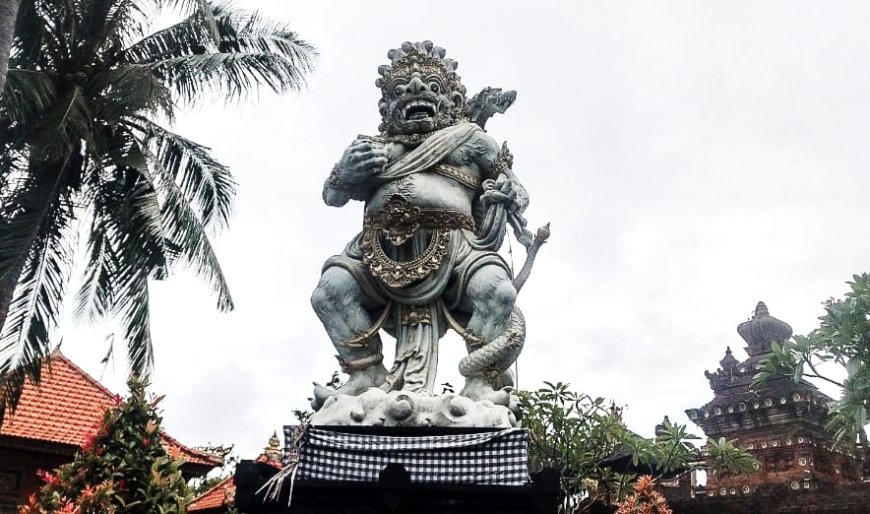
Petitenget Temple (Photo Source: Editorial Collection)
The Pecanangan was then guarded by Ki Bhuto Ijo. Furthermore, Dang Hyang Dwijendra was advised by Bhatara Masceti to head south and look for a hill that protrudes to the west that resembles a boat that wants to sail. The hill is a large temple named as Uluwatu Temple. In Uluwatu Temple he will carry out moksa. Then there was a strange incident in the forest controlled by Ki Bhuto Ijo. Well, the incident occurred because there was someone who wanted to look for firewood, accidentally cleared the forest. Shortly after the incident many Kerobokan villagers were sick.
Hearing that Dang Hyang Dwijendra was at Uluwatu Temple, one of the residents of Kerobokan Village came and told him that there was a disturbance in Kerobokan Village and he asked for help. After that Dang Hyang Dwijendra said that the one who caused the people to fall ill was Ki Bhuto Ijo.
Dang Hyang Dwijendra asked to make a place of worship for Ki Bhuto Ijo as his booth. Because before Dang Hyang Dwijendra left the forest to Uluwatu for moksa he gave Ki Bhuto Ijo a noble task, and he received the gift of "Mantra Mandi". Ki Bhuto Ijo was also assigned to "Nengetang" his Pecanangan, so it was called Petitenget. After listening to the advice. Finally, a temple was built around the forest and named Petitenget Temple. After that, the disease that attacked the Kerobokan Village area disappeared and all residents in Kerobokan Village returned to prosperity.
In Petitenget Temple there are two temples in one petitenget temple environment. First is Masceti Ulun Tanjung Temple which is located in the south is a panyawangan Ida Bhatara Masceti, Second north is Petitenget Temple which contains Pelinggih Ki Bhuto Ijo which is in the middle of the temple, and panyawangan Dang Hyang Dwijendra is in the innards of the temple. Pujawali Petitenget Temple falls every 210 days precisely on Rahina Bhuda Cemeng Merakih.




















